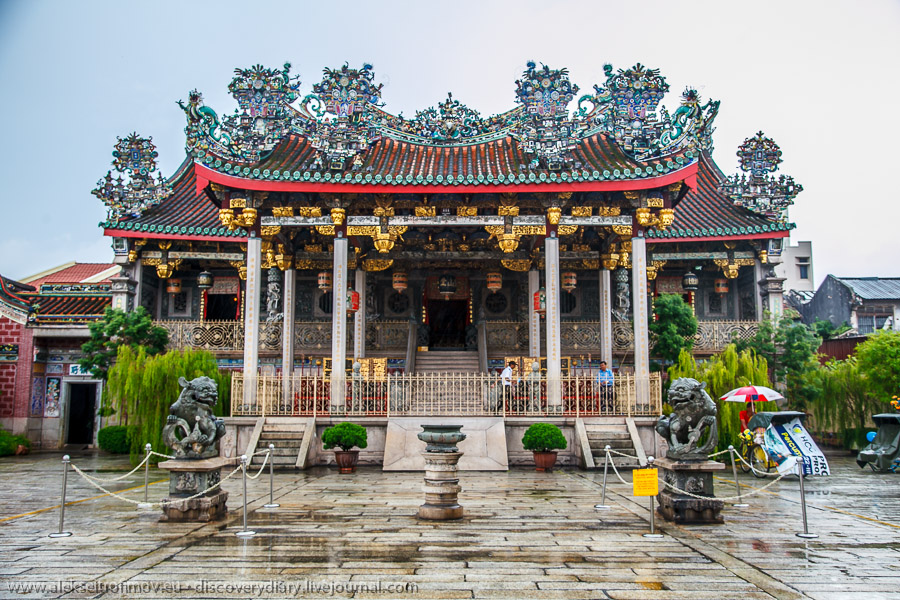Malaysia is an unusual country. It is a mosaic made up of regions and sultanates that still keep some aspects of self-governance. Even the head of state is rotating – each of the nine sultans becomes a head of state in accordance with a strictly defined order. Geographically Malaysia is comprised of two parts, West Malaysia, or Malaya, which is the long peninsula reminding of a paw of South East Asia, as well as East Malaysia, occupying the North of the island of Borneo.
When the European colonies gained independence like a domino after the Second World War, it was not at all obvious that Malaysia would exist in the form that it does today. Malaya was the first to obtain independence, in 1957. For Malaya to unite with the British colonies of North Borneo as well as with Singapore, it took the iron will and persuasion ability of its founder and first Prime Minister, Tunku Abdul Rahman, as well as Britain’s keen interest in the existence of the new federation, seen as a bulwark against the dominos falling into the Communist hands.
Initially it was foreseen that Brunei and Singapore would both be a part of the fledgling Federation too. But at the eleventh hour Brunei withdrew from participation and remained a British colony until much later. The explanation was that historically the Brunei sultan had the highest rank among all the regional sultans, a number of other dynasties actually being descendants of the Brunei dynasty, and he could not accept the rotation principle for the head of state of Malaysia, which suggests equal rank. Additionally, already then it was clear that Brunei had won the lottery in terms of large oil deposits.
Singapore on the other hand initially agreed to take part in the Federation. However, Singapore included, the proportion of the Chinese in the population reached 40%. The conflict between the Chinese and the Malays within the Federation became so strong that two years later Singapore was expulsed from the Federation and became independent. The separation happened to be in the interests of both Tunku Abdul Rahman, the Malay leader, as well as Lee Kuan Yew, the Singapore Chinese leader, so essentially it was a civilised divorce. Tunku Abdul Rahman drastically cut the number of the Chinese within Malaysia and gained his goal of Malay dominance; Lee Kuan Yew removed all limit on his power and obtained independence for Singapore.
Nevertheless the Chinese still play a major role within Malaysia, along with the third major ethnic group – the Indians. In every Malaysian city there is always a Chinatown and a Little India, and inevitably they rank among the top tourist attractions.
The main tourist magnets of West Malaysia, listed as UNESCO World Heritage sites, are the town of Melaka and the town of Georgetown, the latter also known as Penang after the island-state where it is located. We had time to visit only one of the two, and we chose Penang, as the more remote and the less cheaply touristic one.
Penang is an island near the Western coast of Malaya, to the South of Phuket and Krabi. From Kuala Lumpuer we took a very comfortable bus to Penang, the journey takes about five hours. You arrive in the middle of the island, some 11 km from Georgetown, and need to take a taxi to get there – a surprisingly hassle-free process. Malaysia generally left me with the impression of being very well organised and sort of chilled out. The roads in Malaysia are in wonderful condition, and Penang is linked to the mainland with enormous bridges. I must say that I was overall pleasantly surprised by the development level of Malaysia, the quality of the local infrastructure exceeds say that of Thailand. I guess the uber successful Singapore next door must be a good stimulus.
The historical destiny of Penang is parallel to that of Singapore. Until the middle ages the island was uninhabited. Later it was superficially occupied by several coloniser waves, and each regime favoured the settlement of the merchant Chinese. The growing Chinese population over the centuries soaked in the local culture so that eventually a particular identity has been created, referred to as Peranakan Chinese or alternatively as Baba-Nyonya. Our guide in the Blue House, a local Chinese lady, told us that her Hakka language, spoken in her family, includes such a number of local expressions and vocabulary that it is no longer mutually intelligible with the Hakka speakers in China, which she found out first hand when visiting her ancestral land.
Much like in Hoi An, in Penang the Chinese settlers formed clans in accordance with their origin in particular places in China. There were five such large clans in Penang. The most proud of their clanhouses is for sure Khoo Kongsi. It is practically a small city within a city, walled off from the rest of Georgetown. This is the temple inside the Khoo Kongsi enclave.

Continue reading Penang →